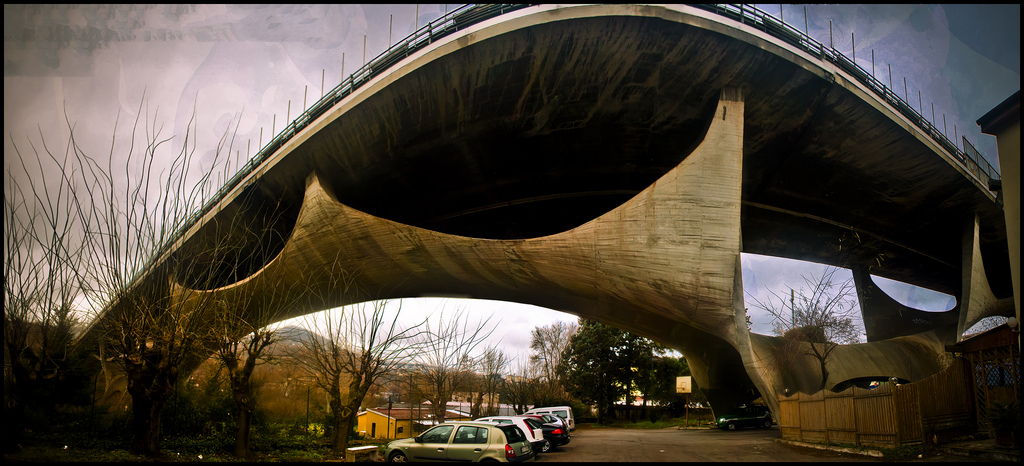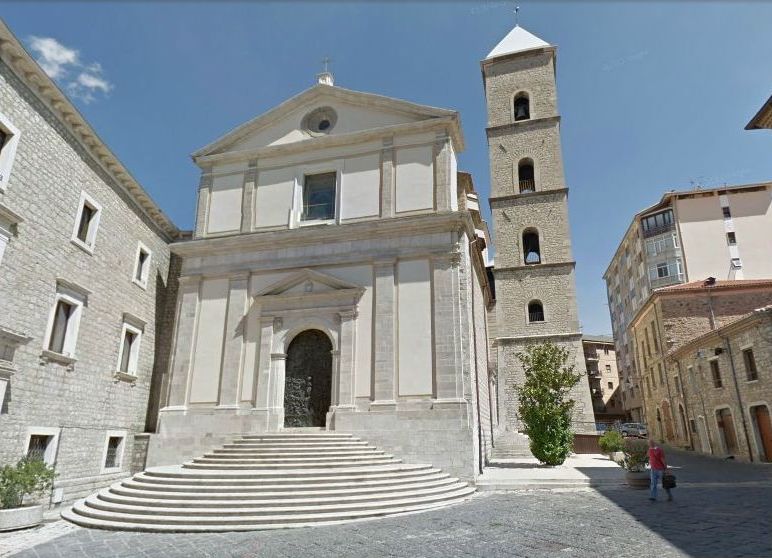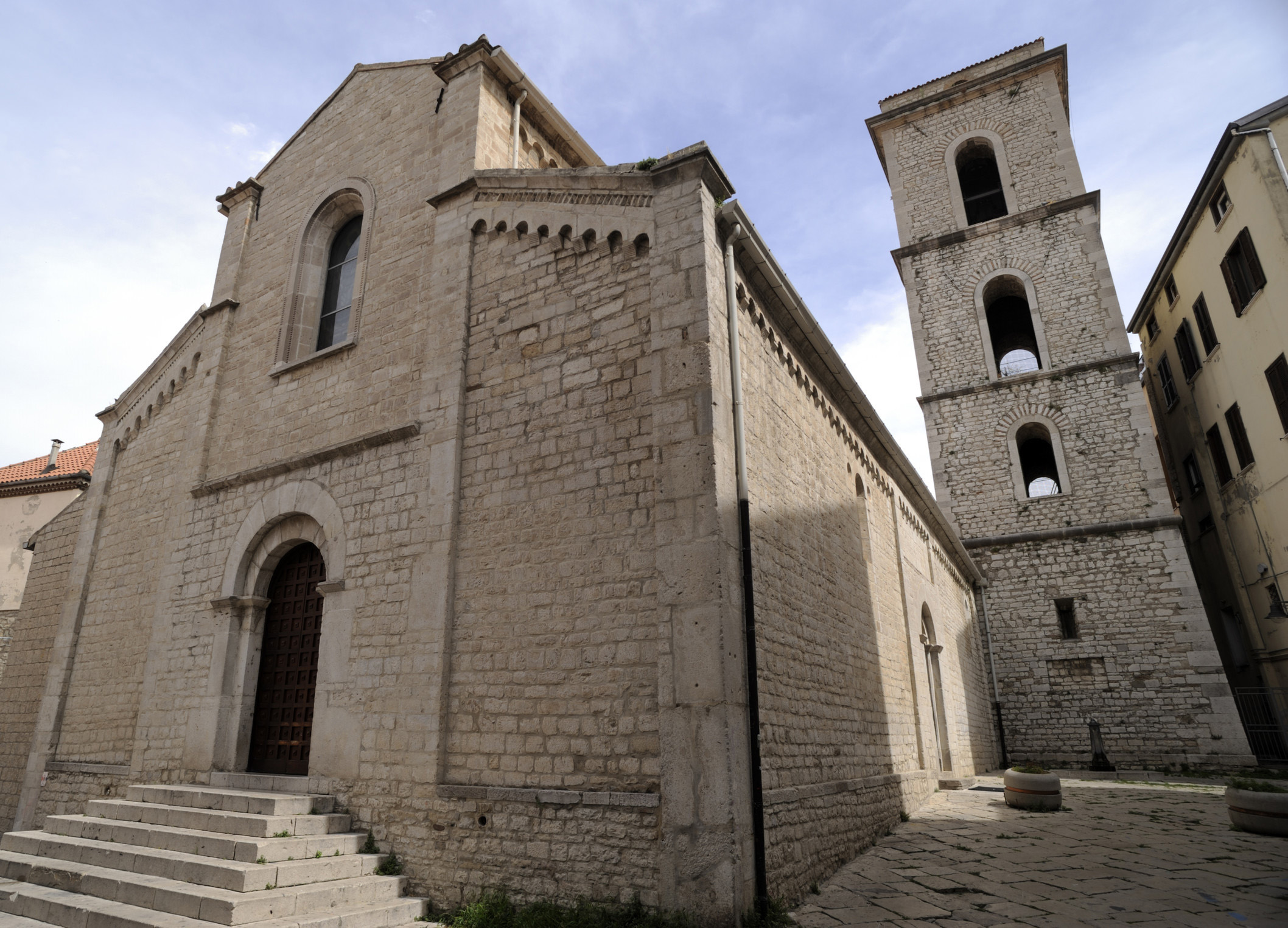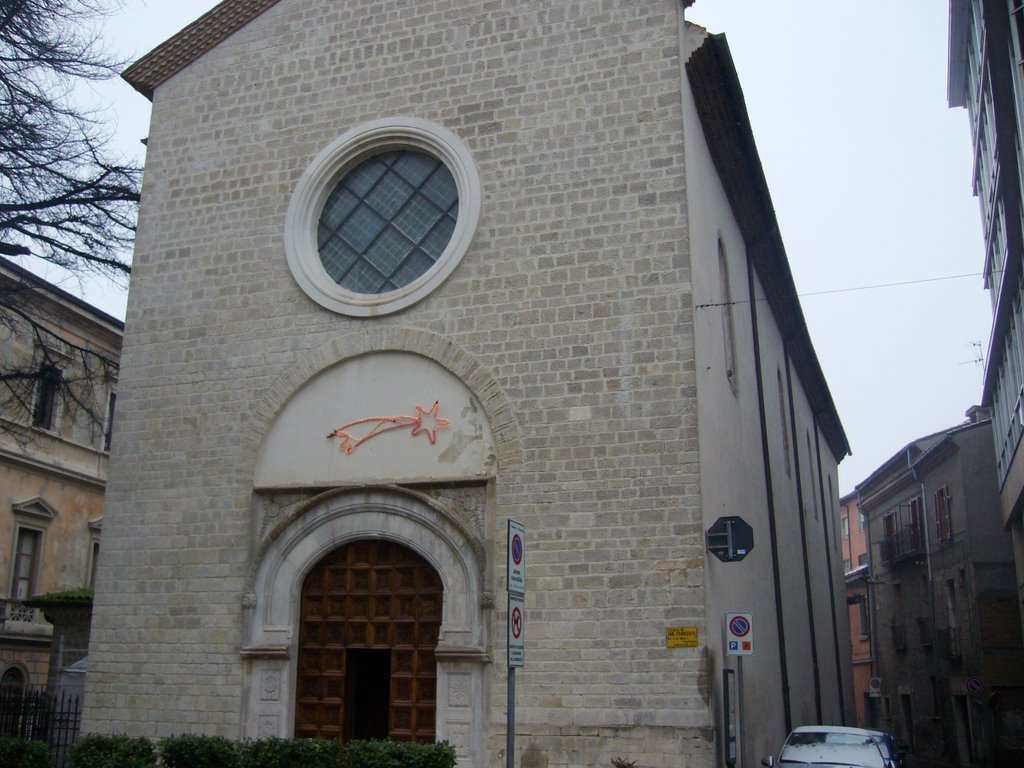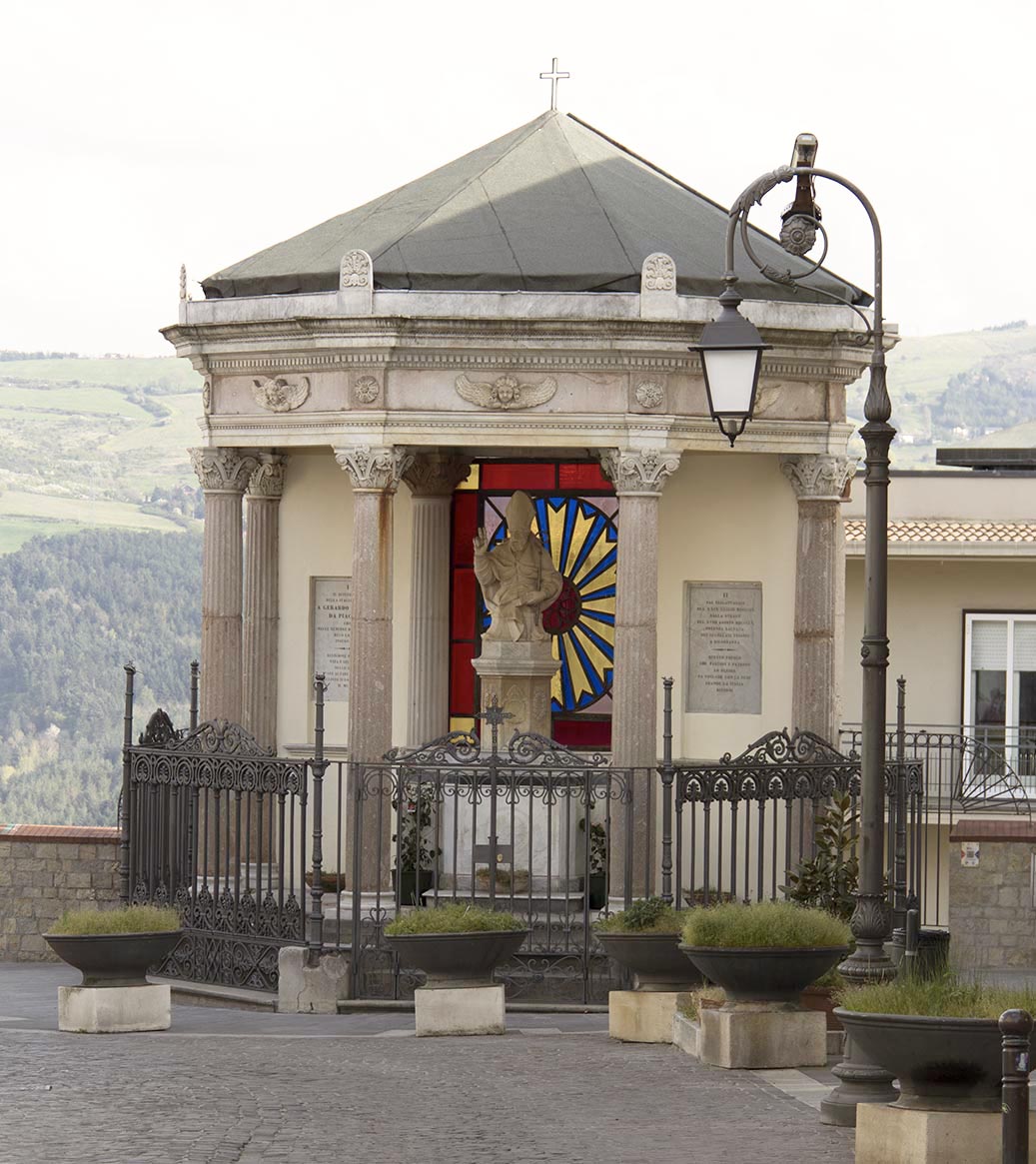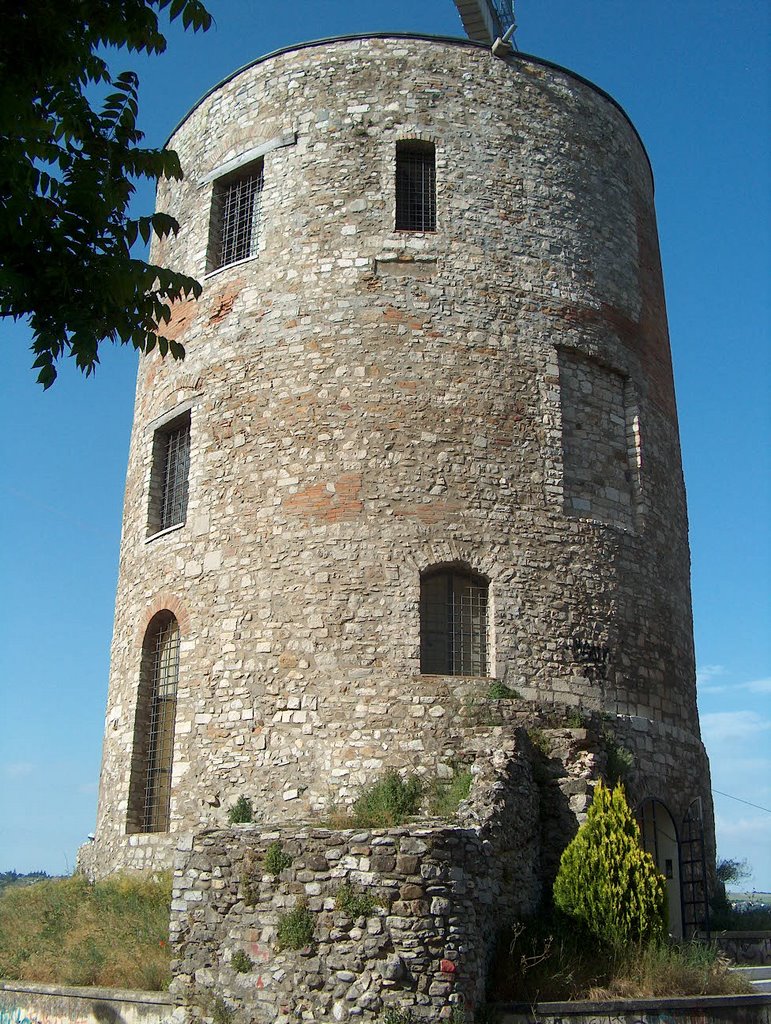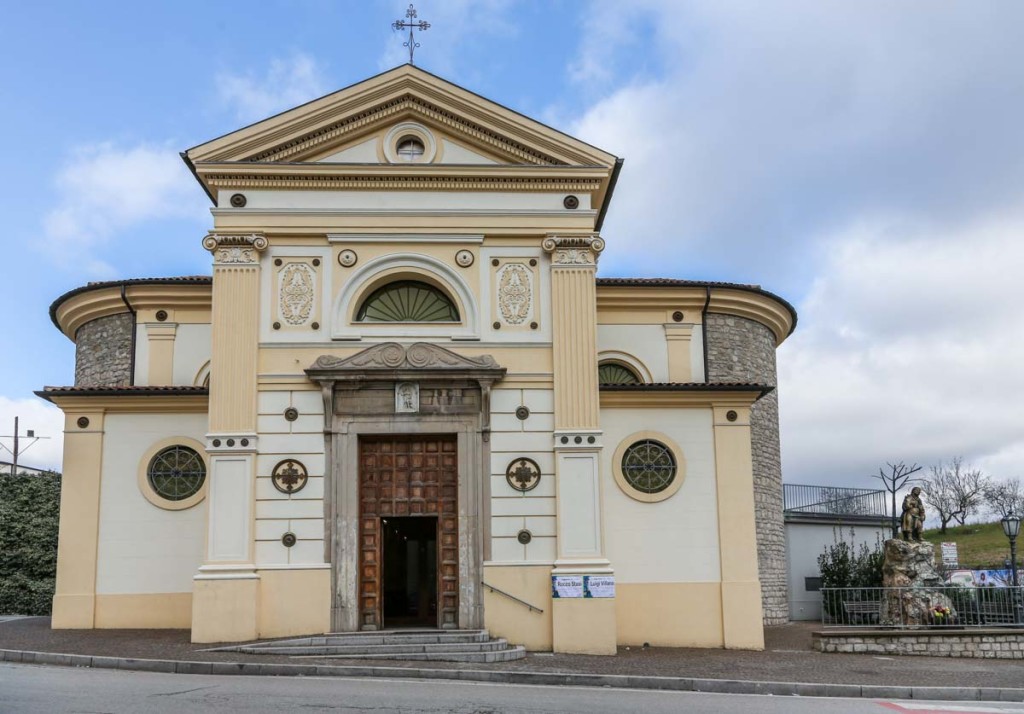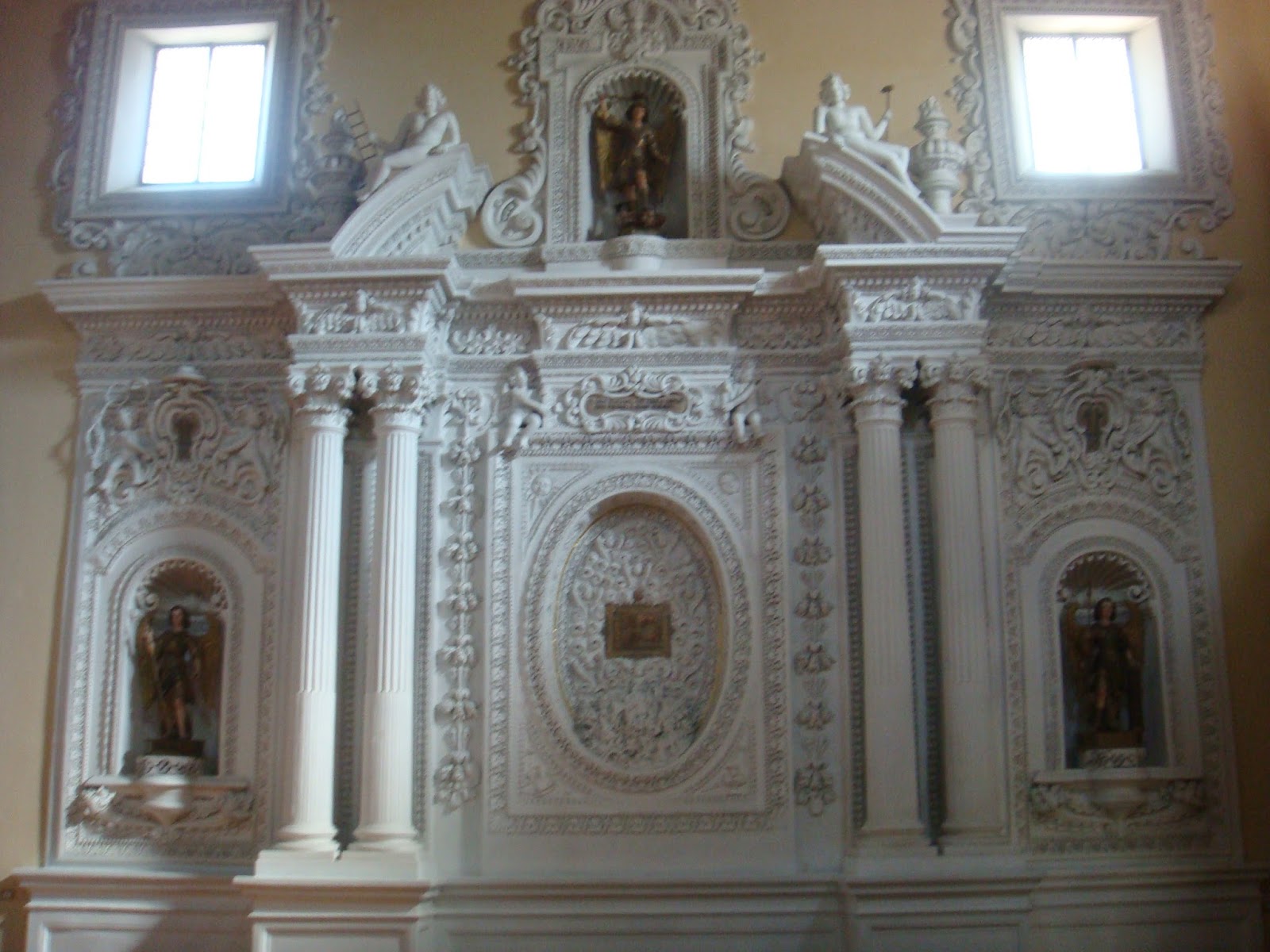Potenza – 10 Things to do and Visit

Potenza is the capital of Basilicata situated at 819 meters in a green landscape at north of Dolomiti Lucane. The climate is characterized by snowy winter and dry – warm summer. One of the most place to visit in Potenza is the Duomo, built in onor of San Gerardo during the XII century that is still today an example of fine art. Always in onor of San Gerardo there is an elegant temple called Edicola of San Gerardo built during XIX century that accomodate a statue of San Gerardo. Potenza is also famous for events and parties as the international festival of pyrotechnic arts during the first sunday of September; while at the end of May there is the parade of Turks that is a morals parade. During the Christmas you can see the an amazing live natavity scene, when on 6 January You are staged the arrival of the Magi in the presence of baby Jesus.
10 THINGS TO DO AND VISIT IN POTENZA
1) Ponte sul Basento
Musmeci Bridge designed by the namesake architect is famous because it not present pillars, but ramifications with just one once from 30 meters thickness and four arches contiguous.
2) San Gerardo Cathedral
The Cathedral of St. Gerard’s Gate (also known as Metropolitan Cathedral) is the main church of the city of Potenza, and co-cathedral of the Archdiocese of Potenza-Lucan-Marsico Nuovo, which covers much of the territory of Lucania. The cathedral was built in the thirteenth century, on the remains of an early Christian church dating from the third to sixth centuries, in turn built on the remains of a Roman building. Initially Romanesque, with three naves, was first dedicated to the Blessed Virgin of the Assumption, and later consecrated to St. Gerard’s Gate, the patron saint of the city of Potenza. The present building, however, the neo-classical style, with an elegant facade with two orders culminating in a tympanum, dating back to the renovation of the late eighteenth century, entrusted to Antonio Magri, a pupil of Vanvitelli, and the post-earthquake restoration operated, the ‘last time, in 1985.
3) San Michele Arcangelo’s Church
The Church of St. Michael the Archangel of Potenza is one of the buildings, at least in its original construct, no longer visible, cult oldest of Potenza, Basilicata. The original church, in fact, dates back even to the fifth century (about 492-496), under the episcopate of Erculenzio, as evidenced by a mosaic, well preserved, found during the excavations that took place in the new church. The building ‘current’, however, is ancient and rich history, the Lombard-Romanesque style, probably built between the tenth and twelfth centuries, whose presence is testified in an official act of 1178. From the beautiful facade two orders and four zones, separated by pilasters and with the classic shape ‘hut’, is characterized by the use of stone, which returns a remarkable color consistency, as well as the inside, with naves separated by arches, covered by a vault, and culminating in an apse illuminated by external light.
4) San Francesco’s Church
The Church of St. Francis of Potenza and convent, is an ancient building of thirteenth century, built specifically between 1265 and 1274, and dedicated to the saint of Assisi as two workers, who were involved in an accident at the construction site, were miraculously saved , and the incident was attributed to St. Francis. The building, apart from some conservation work and supplementary which continued at the turn of the fifteenth and sixteenth centuries, presented as per the original design, built on the ruins of an ancient oratory of early Romanesque origin, with a gabled facade, from which stand out a smooth beautiful rose window, and a portal surmounted by a round arch. The convent, however, is almost devoid of original features having been extensively remodeled over the centuries, from the portico of the sixteenth century, to the interior, which housed, until the nineteenth century, a school of theology, and therefore were modified extensively
5) San Gerardo Temple
The Temple of San Gerardo, otherwise known as Kiosk of San Gerardo, is a monument dedicated to the patron saint of the city of Potenza, located in the central Piazza Matteotti. It was probably built at the turn of the first and second half of the nineteenth century, designed by Antonio Busciolano, architect of Potenza, who proposed it as a constructive model pentagonal structure, with the back closed, with a valuable stained-glass window, while the front is supported by five columns with Corinthian capitals, which support an entablature polychrome marble and decorated with floral shapes of angels. At the center of the temple it is placed the statue of St. Gerard, supported by a pillar, in blessing. The statue is ideally ‘framed’ from the window, which is also supported by two Corinthian columns.
6) Guevara Tower
Guevara Tower of Potenza is the last remaining testimony of the ancient castle of Potenza, the defensive structure that formed the original core of the city, and demolished gradually over the centuries. The castle was built at an unknown but probably at the end of the first millennium, and at that same time the tower was already existing and suggested that it was built in the ninth century, and was for centuries the center of the defensive systems and sighting citizens, to like the struggles between families and rival kingdoms for control of Potenza and its surroundings. With the arrival of the Aragonese, the city came under the control of the Guevara family, who maintained the use of the tower within the restored walls, only to change the intended use over the centuries. The building has remained largely intact until nowadays, resisting even very strong earthquakes, like those of 1980, and is now used as an art gallery and cultural structure to use.
7) Fox Hunt
It ‘a gathering place for young people who want to enjoy music while having a beer or a cocktail at the bar, the pub Fox Hunt. It is located in the northern part of Potenza and is very popular time of the appetizers. Getting there: The brewery is located on the northern outskirts of Potenza, in the District Risorgimento.
8) Ponte di San Vito
The Bridge of San Vito in Potenza is an ancient artifact that dates back to late in its main part imperiale. Wanted by Diocletian along the route of the Via Aerculea leading from Venosa to Eraclea and crosses the river Bisento. Come there: By car follow in the direction of the industrial area of Potenza (south-east of the center).
9) San Rocco’s Church
The Church of St. Rocco of Potenza is located in the village, in the southern city of Lucania, and demonstrates the strong attachment of the people to the worship of the saint, as well as to the period of construction, around the fifteenth century. In the fifteenth century, in fact, it was built a small chapel dedicated to St. Roch, linked to a Brotherhood, which, left abandoned, collapsed in 1832. The reconstruction work soon turned into ones of elevation of a new building, more close to that of a church, which was completed in 1860, designed by Vincenzo Marocco. The building has been built, with a mixture of styles, decorations and ideas very interesting. The facade, in fact, sports is an ancient portal, surmounted by tile of San Rocco, and both geometric polychrome decorations, while the interior has three naves and a Latin cross, is topped by a ceiling hemisphere, with side chapels, one of which is a fine wooden statue of St. Rocco.
10) Church of Santa Maria del Sepolcro
The Church of Saint Mary of the Sepulchre of Potenza, with its Convent, is a monument of Romanesque style, built between the twelfth and thirteenth centuries, as evidenced by the elevation of a church between 1190 and 1191 in work accounts Santasofia lords of Rivischio, who participated in the Third Crusade. The name ‘Sepulchre’ is attributed, probably, to the will of the Guevara family, who controlled Potenza in the fourteenth or fifteenth century, here to host the relics of family members, but of greater importance to the church was, at least until mid-seventeenth century , the relic of the Blood of Christ. The current building presents a facade with no special decorations, two orders, with a small central rose window and a portico Patriarchate, while the bell tower, of ancient origin, was demolished in the fifties. The internal division, with two aisles, is given by an expansion in the seventeenth century wanted, which intervened also on decoration, baroque, as the altar of the Blessed Sacrament.
If you are planning your next trip to Italy book hotels, flights, rental cars at best price guaranteed!


